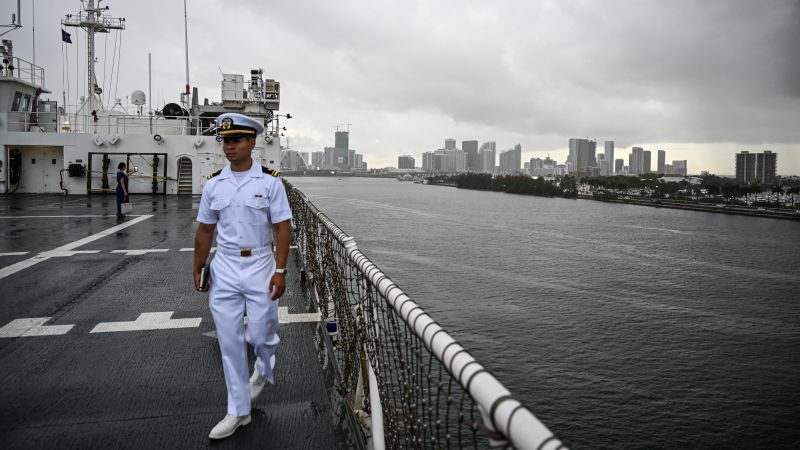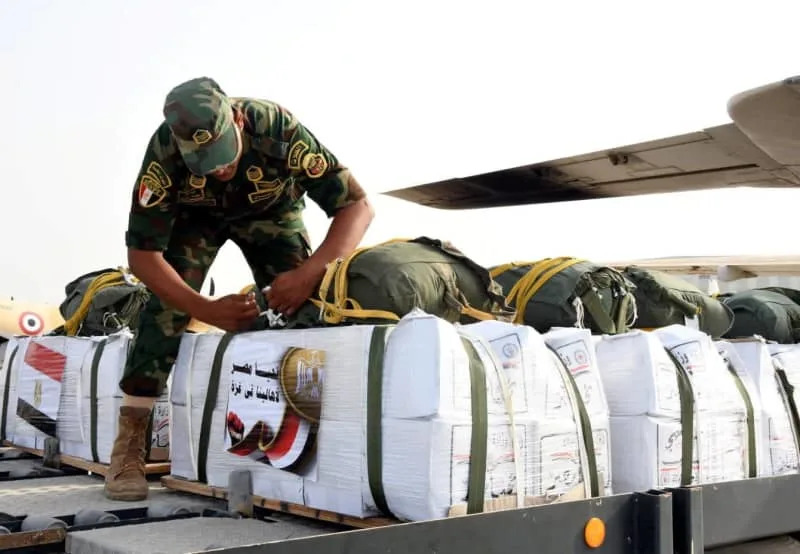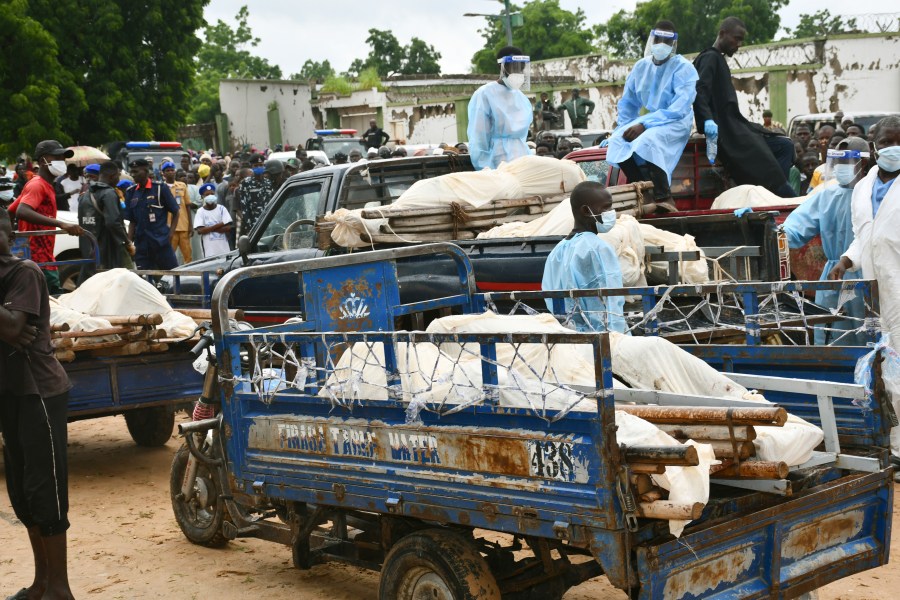The US military has significantly increased its presence in the Caribbean over the past two months, intensifying military operations near Venezuela. This buildup includes a range of naval and air assets, training missions off the Venezuelan coast, and the reopening of a military base in Puerto Rico that had been closed for years. As of October 15, 2023, a considerable portion of the US naval fleet is now stationed under the US Southern Command, focused on operations in this region.
Among the assets deployed are the Iwo Jima Amphibious Ready Group and the 22nd Marine Expeditionary Unit, totaling over 4,500 Marines and sailors. The deployment also includes three guided-missile destroyers, an attack submarine, a special operations ship, a guided missile cruiser, and P-8 Poseidon reconnaissance aircraft. Additionally, 10 F-35 fighter jets have been sent to Puerto Rico, which is becoming a key hub for US military activities.
The reopening of Naval Station Roosevelt Roads in Puerto Rico, which had been inactive since 2004, signals a renewed military focus. Satellite imagery corroborates its operational status, with reports of at least one AC-130J Ghostrider equipped with Hellfire missiles spotted at the local airport, which has been used for military operations in recent months.
Flight data analysis reveals over 200 military flights conducted across the Caribbean between August 15 and October 15, involving 83 different aircraft, including intelligence-gathering planes and aerial refueling tankers. Notably, three Boeing P-8 Poseidon aircraft have been redirected from Eastern Europe to operate in the Caribbean, highlighting a strategic shift in surveillance priorities.
Training missions have also escalated, with light attack helicopters, including the specialized Little Bird, participating in operations off the coast of Trinidad and Tobago. This significant military buildup has raised questions regarding the objectives of the Trump administration, which maintains that the enhanced military presence is primarily aimed at countering drug trafficking.
While President Donald Trump has considered more aggressive actions against Venezuela and its leader, Nicolas Maduro, experts suggest that the current military assets are insufficient for a large-scale invasion. Elliott Abrams, former US envoy to Venezuela, stated, “The military presence in the Caribbean is too big for just hitting a few speedboats, though it is not big enough for an invasion of Venezuela.”
The US has the capability to conduct strikes from its Caribbean assets, including potential Tomahawk missile launches from destroyers and submarines positioned in the region. Yet, analysts caution that while the military has enough resources to inflict damage, it lacks the capacity for an occupation.
Venezuela, despite facing challenges, possesses significant military capabilities, including S-300 anti-aircraft missile systems and F-16 fighter jets. The complex terrain poses additional operational challenges, particularly as the region continues to experience hurricane season.
In a show of force, the US recently deployed B-52 bombers near Venezuela, flying within 48 miles of the Los Roques archipelago. Although this maneuver remained within international airspace, it served as a clear signal of US military intent.
As the situation develops, the US military’s increased activity in the Caribbean reflects both a strategic posture against drug trafficking and a broader pressure campaign aimed at influencing Venezuelan leadership. The implications of this military buildup will continue to be closely monitored in the coming weeks.







